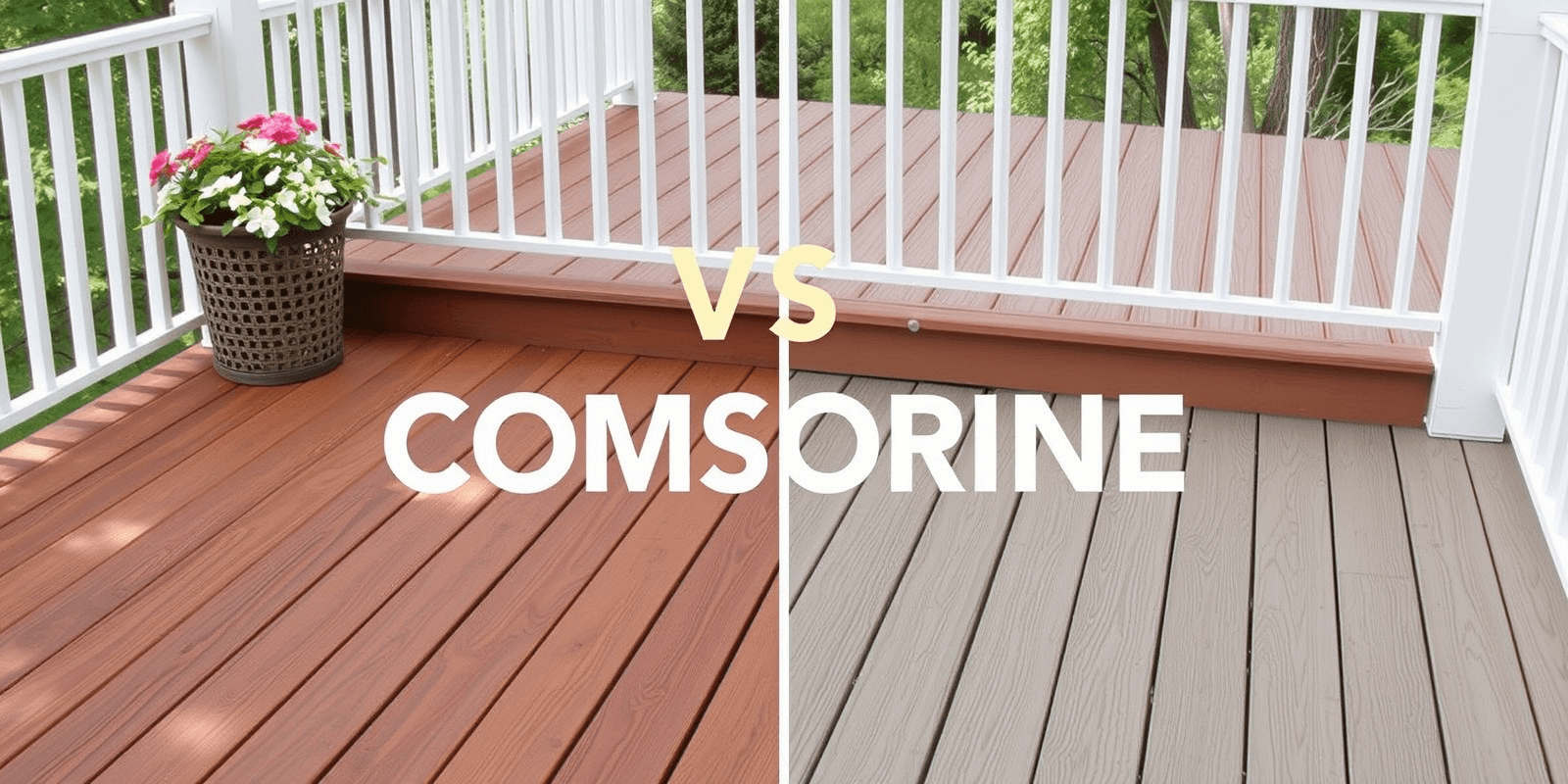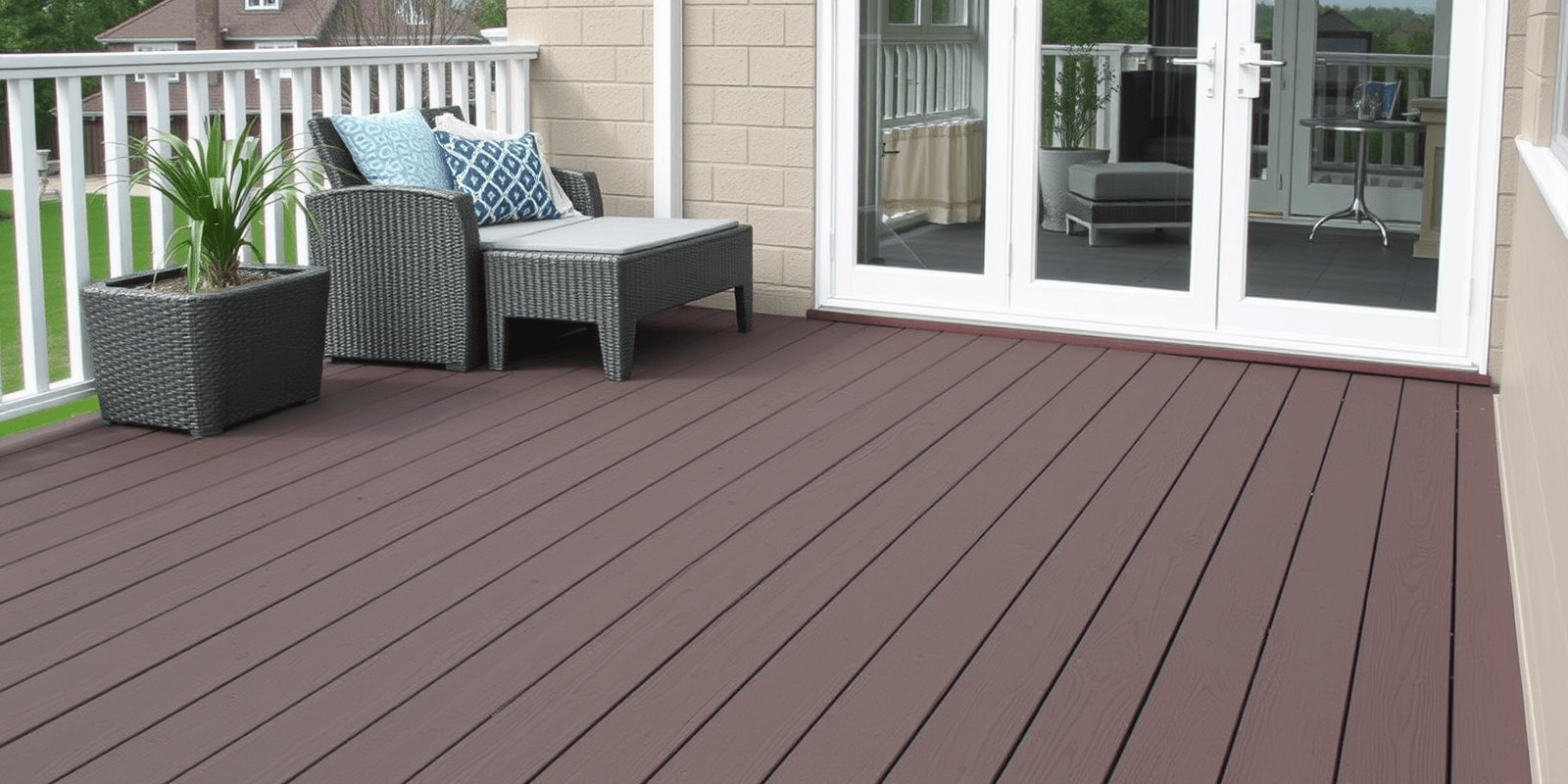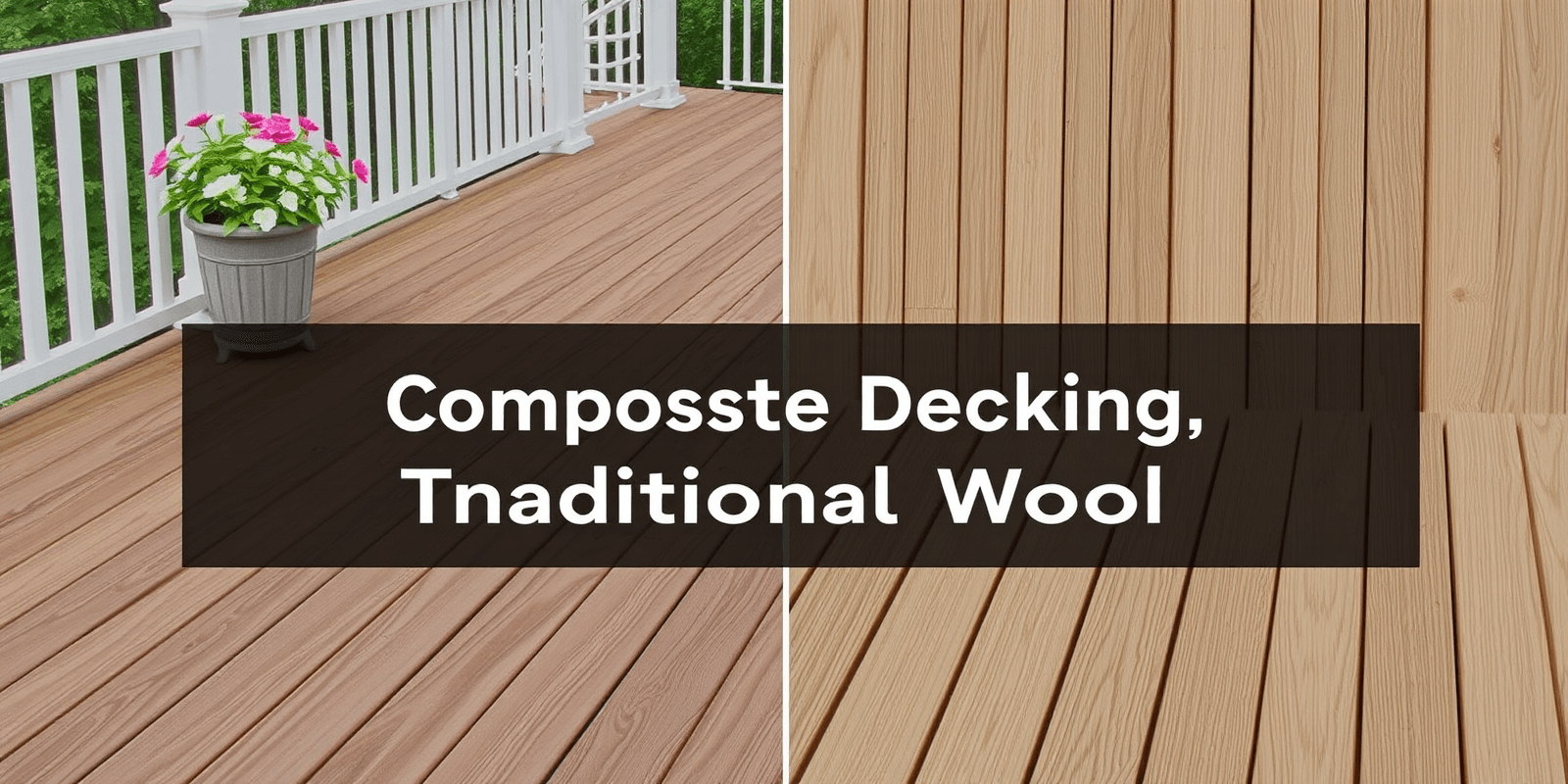Wood Decking versus Composite: A Comprehensive Analysis
Introduction
In recent years, homeowners have faced a significant decision when it comes to building or replacing their deck: should they choose traditional wood decking or opt for the newer composite materials? Both options come with their own set of advantages and disadvantages, which we will explore in this article. We will focus on aspects such as initial cost, long-term durability, ease of maintenance, and overall aesthetic appeal. By understanding these factors, you can make an informed decision that best suits your needs and preferences.
Initial Cost
The initial cost is often the first consideration for many homeowners. Generally, wood decking is less expensive upfront compared to composite materials. According to the National Association of Home Builders (NAHB), the average cost of wood decking ranges from $15 to $35 per square foot, while composite decking can cost between $25 and $50 per square foot. However, the actual cost can vary depending on the type of wood and composite material chosen.
Long-Term Durability
When it comes to long-term durability, composite decking often outperforms wood. Composite materials are made from a combination of wood fibers and plastic, which makes them more resistant to rot, decay, and insect damage. This durability is supported by the findings of a study published in the Journal of Materials in Civil Engineering, which found that composite decking showed significantly better resistance to weathering compared to wood. On the other hand, wood requires periodic treatment with sealants and stains to maintain its integrity over time.
Ease of Maintenance
Maintenance requirements can be a deciding factor for many homeowners. Composite decking is generally easier to maintain than wood. It does not require staining or sealing, and it is less prone to fading and warping. Wood, however, demands regular upkeep, including cleaning, sealing, and staining, to prevent it from deteriorating. A report from the University of Minnesota Extension suggests that wood decks need to be resealed every two to three years to maintain their appearance and longevity.
Aesthetic Appeal
Both wood and composite materials offer distinct aesthetic qualities. Wood decks provide a natural, organic look that can enhance the beauty of any outdoor space. Species like cedar and redwood are particularly popular due to their rich colors and distinctive grain patterns. Composite decking, on the other hand, offers a more uniform appearance and a wider range of color options. While it may lack the unique charm of natural wood, it can still blend seamlessly into various architectural styles.
Conclusion
Choosing between wood and composite decking ultimately depends on your priorities and budget. If you’re looking for a low-maintenance option with excellent durability, composite decking might be the way to go. However, if you prefer the natural look and are willing to invest in regular maintenance, wood decking could be the better choice. Consider consulting with a professional contractor to discuss the specific conditions of your project and get personalized advice.



